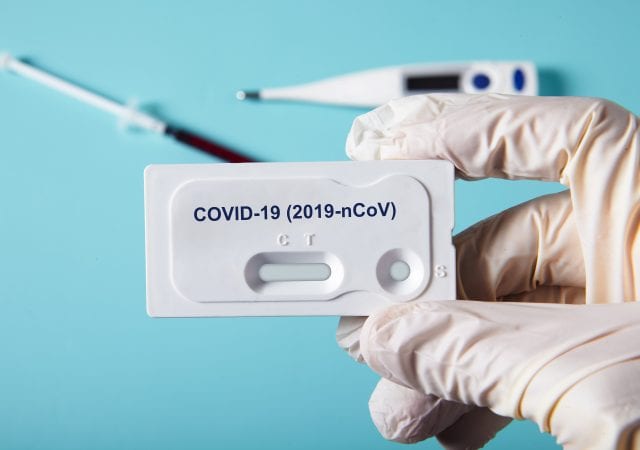IAR Systems, the future-proof supplier of software tools and services for embedded development, announces support in its security tool C-Trust® for the Arm® Cortex®-M33 based LPC55S6x MCUs from NXP® Semiconductors, which will assist companies in easing the implementation of security in their applications.
BrainChip Announces Wafer Fabrication of the Akida System-on-Chip
BrainChip Holdings Ltd (ASX: BRN), a leading provider of ultra-low power, high performance AI technology announced that the Company and Socionext Inc., it’s development, manufacturing and commercial partner, have provided its wafer fabrication partner, TSMC, with the completed Akida design files and the MultiProject Wafer (MPW) is scheduled to commence fabrication on 8 April 2020. Given the accelerated processing time for MPW wafers, engineering samples of the Akida device are expected to be available in the third quarter of 2020.
Analog Devices Closes Semiconductor Industry’s First Green Bond
Analog Devices, Inc. (Nasdaq:ADI) today announced the successful closing of the first green bond offering in the semiconductor industry. The company’s green bond issuance consisted of $400 million aggregate principal amount of 2.950% senior unsecured notes due April 2025.
Xilinx Appoints Brice Hill as Chief Financial Officer
Xilinx, Inc. today announced it has appointed Brice Hill to the position of executive vice president and chief financial officer (CFO), effective immediately. Hill will be responsible for all aspects of the financial management of Xilinx.
Broad Spectrum: Novel Hybrid Material Proves an Efficient Photodetector
Digital cameras as well as many other electronic devices need light-sensitive sensors. In order to cater for the increasing demand for optoelectronic components of this kind, industry is searching for new semiconductor materials. A hybrid material, developed in Dresden, fulfils both these requirements. Himani Arora, a physics PhD student at Helmholtz-Zentrum Dresden-Rossendorf (HZDR), demonstrated that this metal-organic framework can be used as a broadband photodetector.
AMOLED Smartphone Panel Market Defies the Coronavirus Crisis, with 9 Percent Shipment Growth Expected in 2020
Despite a projected double-digit decline in smartphone shipments due to the coronavirus pandemic, the global market for active-matrix organic light-emitting diode (AMOLED) smartphone displays is expected to rise by 9 percent in 2020, according to Omdia.
Plasma-Therm Launches New Facility in the United Kingdom
Plasma-Therm, LLC a leading manufacturer of plasma-process equipment for the semiconductor industry, is pleased to announce the opening of its Specialty Process Engineering Group facility in Somerset, England.
MEMS at the Forefront of SARS-CoV-2 Testing
On Saturday, March, 21, 2020 the U.S. Food and Drug Administration (FDA) gave emergency authorization to Cepheid, a California company, to sell a new test for rapid detection of the pandemic coronavirus SARS-CoV-2, which causes COVID-19. Cepheid’s Xpert® Xpress SARS-CoV-2 test gives healthcare workers results in just 45 minutes, with less than a minute of hands-on time for sample preparation.
Eindhoven Researchers Present Revolutionary Light-Emitting Silicon
Emitting light from silicon has been the ‘Holy Grail’ in the microelectronics industry for decades. Solving this puzzle would revolutionize computing, as chips will become faster than ever. Researchers from Eindhoven University of Technology now succeeded: they have developed an alloy with silicon that can emit light. The results have been published in the journal Nature. The team will now start creating a silicon laser to be integrated into current chips.
Camtek Receives $8 Million Order for Multiple Inspection Systems From a Tier-1 Global CMOS Image Sensor Manufacturer
Camtek Ltd. (NASDAQ: CAMT) (TASE: CAMT), today announced that it received an order for multiple EagleT-i systems, its advanced inspection system, from a tier-one global CMOS Image Sensor manufacturer, totaling $8 million. The systems are expected to be delivered during the second and the third quarters of 2020.

